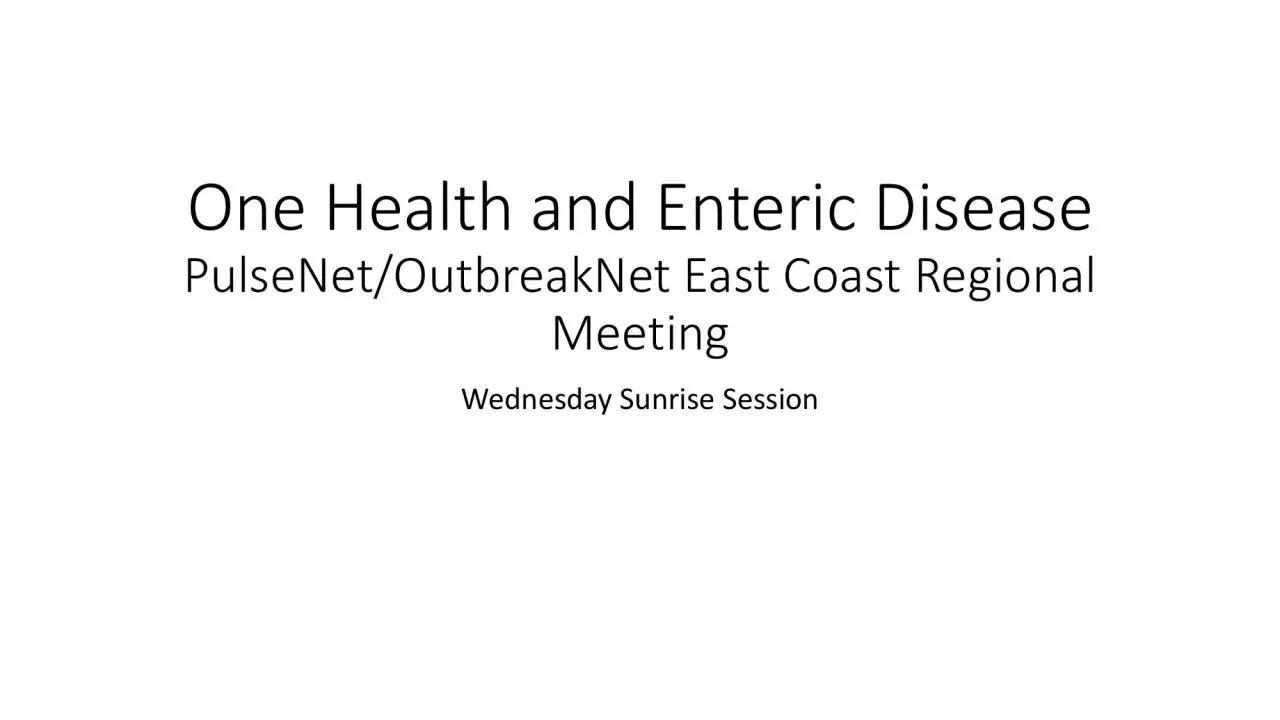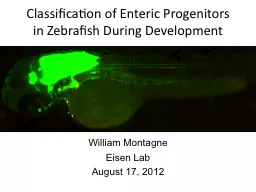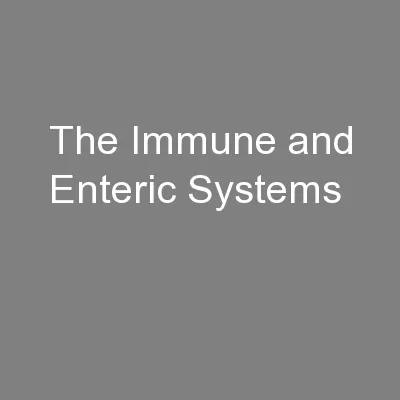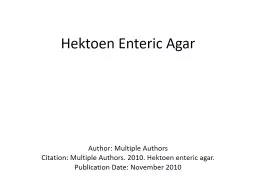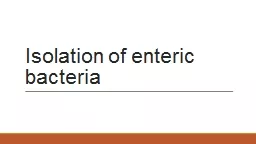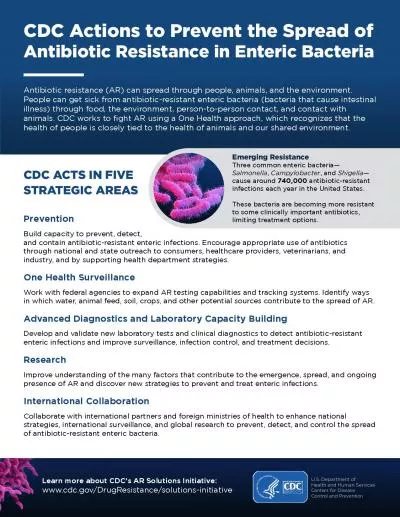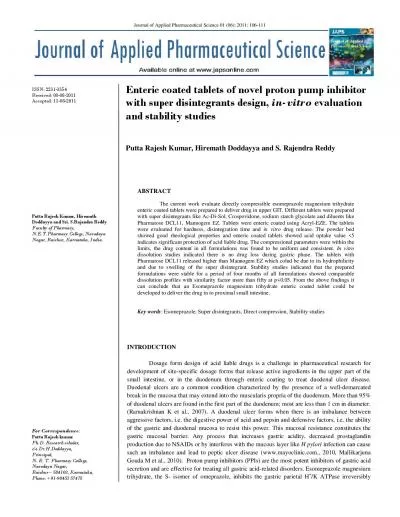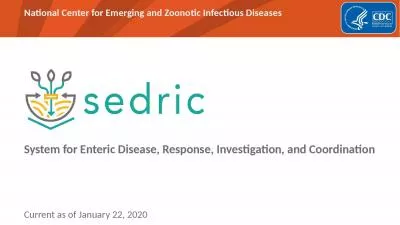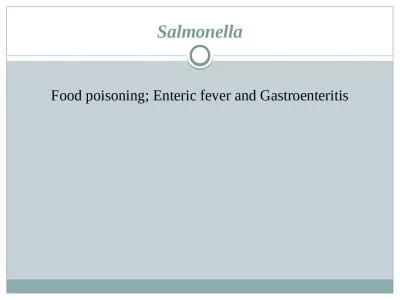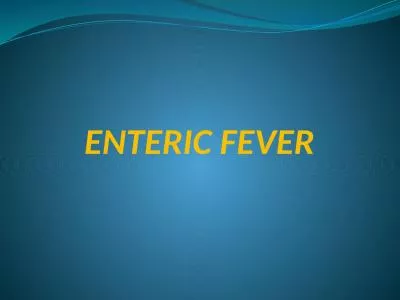PDF-One Health and Enteric Disease
Author : mastervisa | Published Date : 2020-11-20
PulseNet OutbreakNet East Coast Regional Meeting Wednesday Sunrise Session Agenda Introduction to One Health Cryptosporidium and Goats Rhode Island Campylobacter
Presentation Embed Code
Download Presentation
Download Presentation The PPT/PDF document "One Health and Enteric Disease" is the property of its rightful owner. Permission is granted to download and print the materials on this website for personal, non-commercial use only, and to display it on your personal computer provided you do not modify the materials and that you retain all copyright notices contained in the materials. By downloading content from our website, you accept the terms of this agreement.
One Health and Enteric Disease: Transcript
Download Rules Of Document
"One Health and Enteric Disease"The content belongs to its owner. You may download and print it for personal use, without modification, and keep all copyright notices. By downloading, you agree to these terms.
Related Documents

